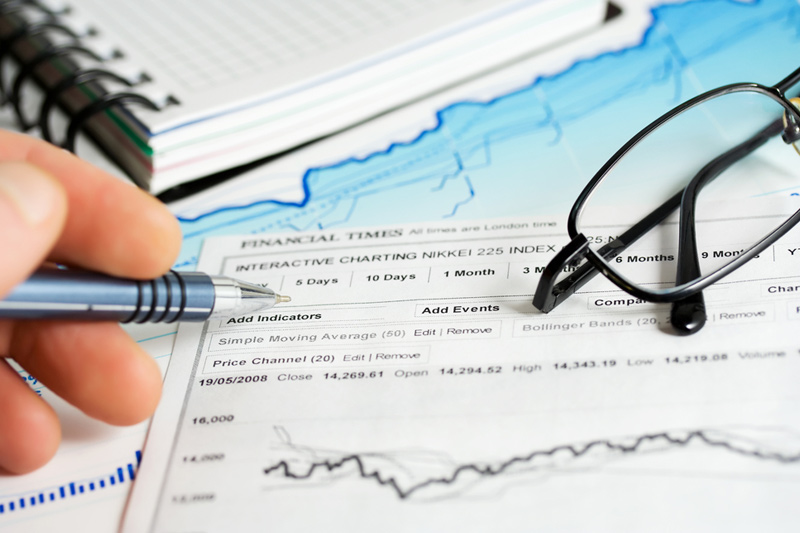By Rodrigo Campos
NEW YORK (Reuters) – Programs supported by the African Development Bank (AfDB) in over 30 African countries have helped produce some $12 billion worth of food, and the bank’s $25 billion objective is “well on track,” AfDB President Akinwumi Adesina said on Friday.
“As far as I’m concerned, we shouldn’t be talking about food security in Africa more than five years from now. There’s no reason for it,” he told Reuters. “We have the technology and the financing to do it at scale.”
Russia’s February 2022 invasion of Ukraine, one of the world’s top grain exporters, sent tremors through global grain markets, threatening food supplies for some of the most fragile nations, including many in Africa.
The emergence of the El Niño weather pattern and the breakdown of an agreement to transport Ukrainian food through the Black Sea (NYSE:) have added to global woes on food security.
Adesina, speaking on the sidelines of the UN General Assembly meetings in New York, pointed to the uptake of special agro industrial processing zones, which in Nigeria alone could expand from covering eight states to 35 after a recent request. Those zones are rural areas targeted for infrastructure investment that allow for food and agribusiness companies to move in.
“Twenty-seven more states in Nigeria made a request to us to continue to support them in this particular area,” Adesina said.
The AfDB says under-nutrition and stunting impact 216 million children in Africa and poor nutrition is linked to nearly half of the continent’s child deaths. It pegs the economic cost of bad nutrition at 11% of Africa’s gross domestic product.
MORE RESOURCES
Adesina said he expects the International Monetary Fund board to advance plans to channel $100 billion in lending to vulnerable countries via multilateral development banks before governments convene in late November for global climate talks in Dubai.
“This is the way for us to crack how to get more resources, at scale,” he said. “For the African Development Bank, a $20 billion allocation channeled into us, automatically becomes up to $80 billion for Africa,” Adesina said, pointing to the bank’s three-to-four-times leverage capacity.
Adesina did not give details on the status of a hybrid note for which investor calls kicked off earlier this month with what he said was a “very optimistic response.”
S&P Global, which rated the notes AA-minus compared to the bank’s AAA rating, said it expects the issuance to be between $250 million and $1 billion “subject to market conditions.”
Adesina said pricing of the note will be “very, very soon.”
Without giving an amount, Adesina said there is a need for recapitalizing the bank after the last round in 2019 and looking to eventually become a $100 billion lender. Its lending portfolio closed 2022 at $27.5 billion.
“The ambition is there with our shareholders. Now we’ve got to make sure that we just work this out and see where there’s a comfort zone for everybody.”
Read the full article here




